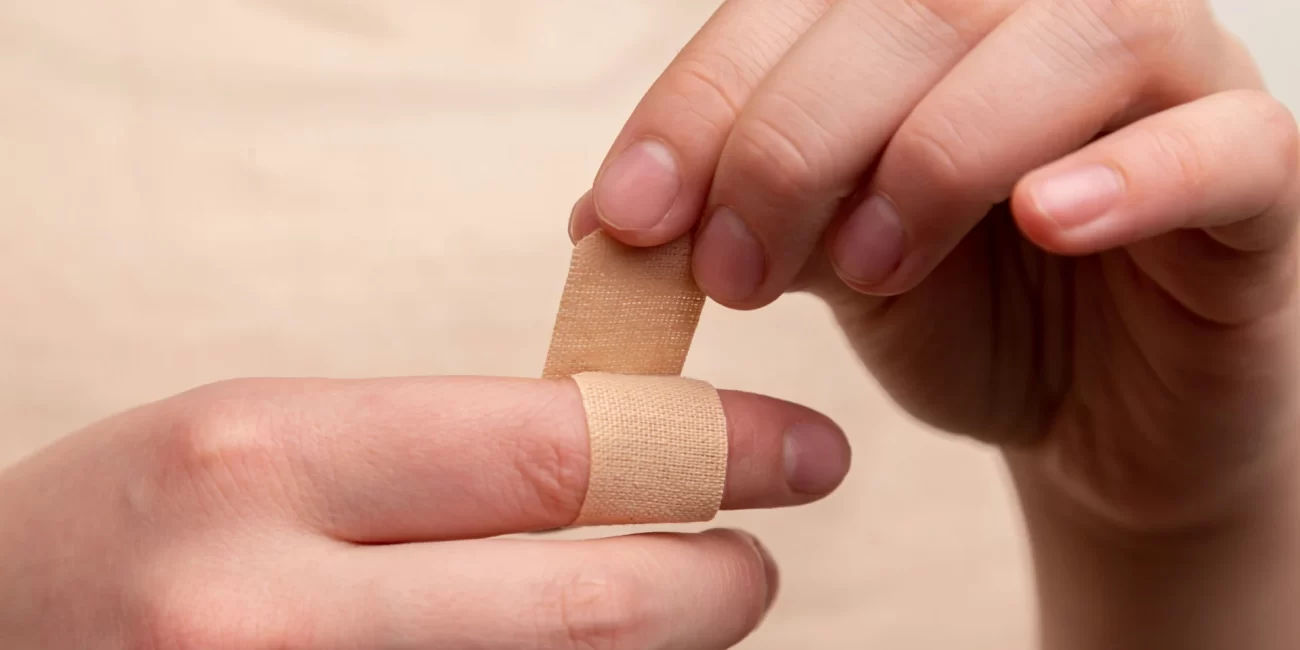Make Allergy Life Easier
Clear Advice and Simple Solution
Food Allergy
Get practical tips on allergens like nuts, dairy, and gluten, plus smart advice for eating safely.
Pet Allergies
Get simple tips on managing dander and picking hypoallergenic furry friends.
Metal Allergies
Find allergy-safe metals, jewellery selection tips, and learn how to prevent allergic reactions.


Medical Disclaimer
I’m Agnes, I’m not an allergy specialist nor a medical professional, and I’m not posing as such. However, I do enjoy researching and collecting data about things that matter to me, which is about my mom and my son’s allergic condition. Please, do not substitute any information on tooallergic.com for professional advice from a licensed medical practitioner, always confirm with your doctor first.
Read our articles






